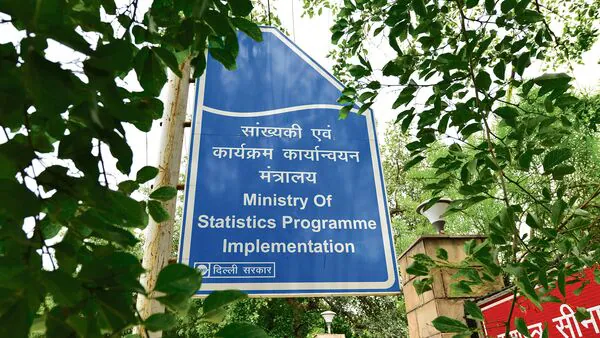Govt Seeks Public Feedback On Overhaul Of Industrial Classification System
The classification, last updated in 2008, is being revamped to reflect shifts in India's economy as well as global standards. The revision follows the United Nations Statistical Commission's adoption of ISIC Revision 5 last year, and seeks to capture emerging sectors such as renewable energy, fintech, digital commerce, and healthcare technologies.
Also Read | How India's mid-term review aims to fuel job creationMoSPI has invited comments until 20 September through email and an online portal, after which the framework will be finalized.
“The draft NIC-2025 has been formulated under the aegis of an expert committee comprising eminent academicians, economists, industry associations, and experts from various domains. Extensive consultations were also done with stakeholders, including central Ministries/ Departments, industry experts, and other relevant organizations,” MoSPI said in a statement.
The draft aligns with ISIC Revision 5 at the four-digit level, ensuring global comparability of India's data, while introducing additional sub-classes to meet national requirements. Special emphasis has been placed on high-growth areas such as renewable energy , fintech , e-commerce, AYUSH healthcare, and the broader digital economy .
As a result, the number of sub-classes has risen sharply to about 1,900, from 1,304 under NIC-2008. New categories for platform-based services, virtual asset providers, and environmental technologies reflect the growing weight of digital and green sectors. The expansion also offers greater precision in measuring activity across health, agriculture, telecom, and finance.
These refinements are expected to give policymakers, researchers, and businesses sharper insights into how different parts of the economy are evolving.
Also Read | Sovereign wealth, pension funds anchor India story despite global jittersIndia's National Industrial Classification, first introduced in 1962 and revised periodically, serves as the country's economic taxonomy. It standardizes how industries and activities are categorized, ensuring consistency of data across sectors and over time.
Beyond its technical role, it shapes how policymakers and businesses interpret structural shifts, identify emerging industries, and design evidence-based policies.
Legal Disclaimer:
MENAFN provides the
information “as is” without warranty of any kind. We do not accept
any responsibility or liability for the accuracy, content, images,
videos, licenses, completeness, legality, or reliability of the information
contained in this article. If you have any complaints or copyright
issues related to this article, kindly contact the provider above.
Most popular stories
Market Research

- Japan Buy Now Pay Later Market Size To Surpass USD 145.5 Billion By 2033 CAGR Of 22.23%
- BTCC Summer Festival 2025 Unites Japan's Web3 Community
- GCL Subsidiary, 2Game Digital, Partners With Kucoin Pay To Accept Secure Crypto Payments In Real Time
- Smart Indoor Gardens Market Growth: Size, Trends, And Forecast 20252033
- Nutritional Bar Market Size To Expand At A CAGR Of 3.5% During 2025-2033
- Pluscapital Advisor Empowers Traders To Master Global Markets Around The Clock






















Comments
No comment